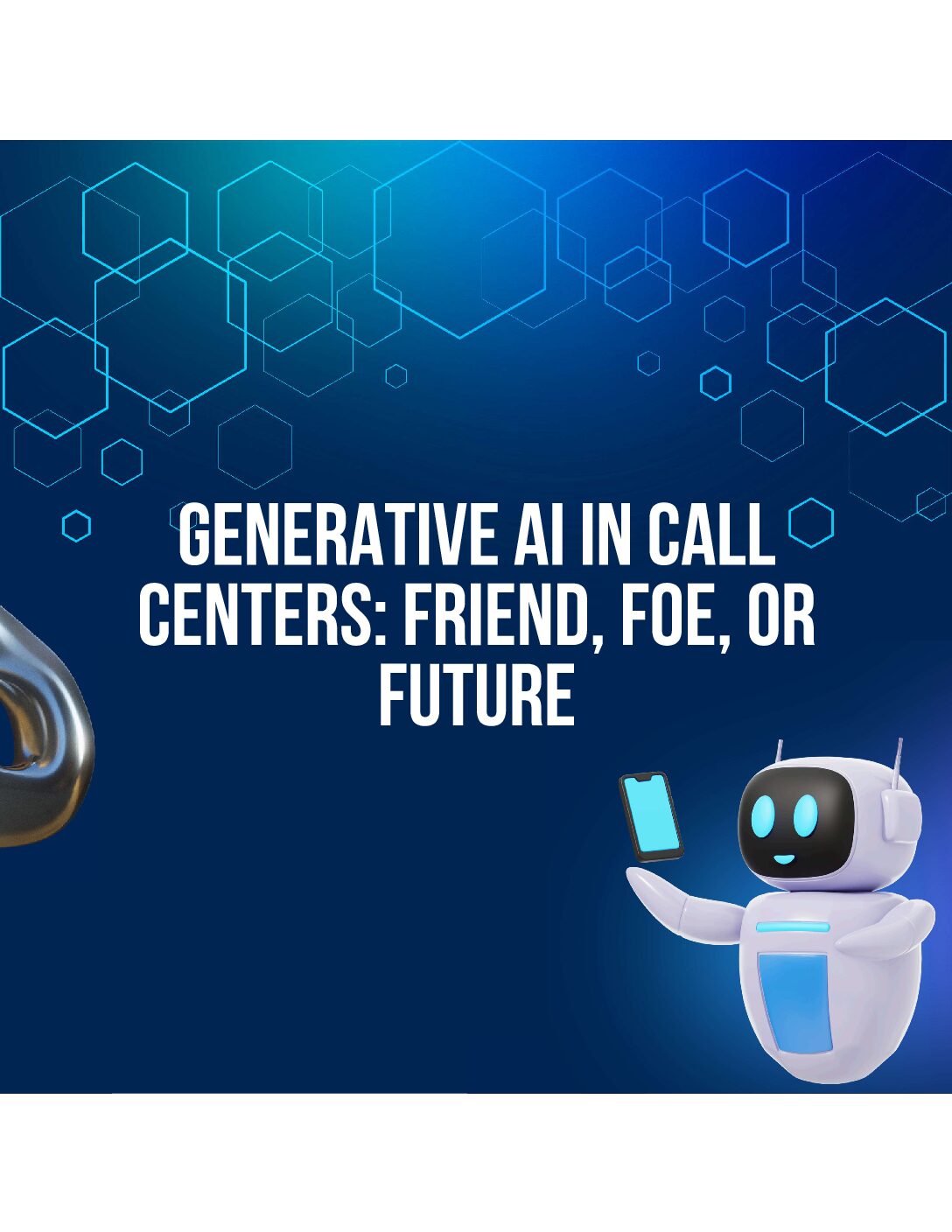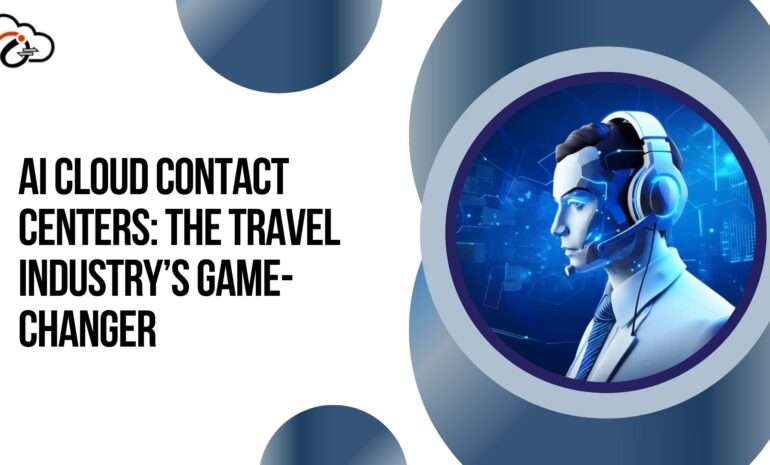A customer calls a support center, frustration in their voice. They’ve been on hold for ten minutes, and when an agent finally answers, they fumble through endless scripts and databases to find the right solution. The customer sighs. Another bad experience.
Now, let’s shift gears. Same customer, same issue—but this time, the agent has an AI assistant. It listens, understands, and instantly suggests the best response. The agent delivers the solution in seconds. No long holds, no searching through cluttered files. Just smooth, effortless support.
This is the reality of Generative AI in call centers. It’s fast, efficient, and game-changing. But is it a friend that makes work easier, a foe that threatens jobs, or the future of customer service? Let’s break it down.
Call Centers Before AI: The Pain Points
Call centers have always been a lifeline for businesses. Whether helping customers fix issues, answering product questions, or closing sales, they are the frontline of customer experience. But they also come with challenges:
- Long wait times – Customers hate being placed on hold.
- Overwhelmed agents – Too many calls, too little time.
- Inconsistent service – Some agents deliver great service; others don’t
- Repetitive questions – Agents answer the same basic queries every day.
The traditional call center model struggles to keep up with today’s fast-paced world. Customers expect instant answers, and businesses need cost-effective solutions.
This is where Generative AI steps in.
What is Generative AI?
Generative AI isn’t just a chatbot. It’s an intelligent system that understands, generates, and predicts human conversations. Unlike simple automation, it learns and adapts—just like a human.
- It understands complex questions.
- It personalizes responses based on customer history.
- It suggests answers to agents in real time.
- It analyzes tone and sentiment to adjust responses.
This isn’t science fiction. It’s happening now in leading call centers worldwide.
Friend or Foe? The AI Debate
Not everyone sees AI as a friend. Some worry it will replace jobs, make service feel robotic, or struggle with human emotions. Let’s look at both sides.
The Case for AI (Friend)
- Faster Resolutions: AI provides agents with instant answers, cutting down wait times.
- 24/7 Availability: AI-powered chatbots never sleep, offering round-the-clock service.
- Consistent Quality: AI ensures every customer gets the same high level of service.
- Happier Customers: Less waiting, more personalized service, and quick solutions.
- Cost Efficiency: Businesses save money by reducing the need for extra staffing.
The Case Against AI (Foe)
- Less Human Touch: Some customers prefer talking to real people, especially for complex problems.
- Job Loss Fears: Will AI take over agent roles? Many employees worry about being replaced.
- Misunderstandings: AI isn’t perfect. It can misinterpret sarcasm, emotions, or complex issues.
- Technical Challenges: AI needs constant training and fine-tuning to work efficiently.
So, is AI helpful or harmful? The answer lies in how it is used.
Omninteract: AI + Human Excellence
AI doesn’t have to be a replacement—it can be an assistant. This is the philosophy behind Omninteract, a cutting-edge call center solution.
Omninteract doesn’t replace agents—it makes them better.
Here’s how:
- AI-Powered Assistant: Omninteract uses Google Gemini AI to suggest responses, summarize calls, and guide agents in real time.
- Smart Call Routing: AI directs customers to the right agent before they even explain their problem.
- Sentiment Analysis: AI detects customer emotions and alerts agents when frustration is rising.
- Omnichannel Support: Calls, emails, and chats—all managed in one platform.
- Real-Time Analytics: Supervisors get live insights to improve team performance.
The result? Faster service, happier customers, and stress-free agents.
The Future of Call Centers: AI + Humans, Not AI vs. Humans
AI isn’t replacing humans; it’s reshaping their roles. Call centers that embrace AI will have an edge over those that resist.
Here’s what the future could look like:
- AI Handles Simple Queries: FAQs like “What’s my balance?” or “What’s your return policy?” are answered instantly.
- Agents Solve Complex Problems: Humans focus on high-value tasks requiring empathy and creativity.
- AI Predicts Customer Needs: AI warns agents about angry customers before they speak.
- More Personalized Experiences: AI remembers past interactions and tailors recommendations.
Instead of worrying about job losses, call centers should upskill agents to work alongside AI. The best teams will be AI-empowered, not AI-replaced.
Why Call Centers Must Embrace AI Now
Businesses that ignore AI will struggle to keep up. Here’s why:
- Customer Expectations Are Higher Than Ever: People want fast, seamless service.
- Competition is Rising: Companies that use AI will outpace those that don’t.
- AI is Improving Daily: The technology is evolving fast, and the best time to adopt it is now.
The best call centers won’t just use AI—they will master it
Final Thoughts: The Verdict on AI in Call Centers
So, is Generative AI a friend, foe, or the future? The answer is clear. It’s the future—and it’s already here.
AI isn’t the enemy. It’s a tool. A powerful ally that enhances human intelligence, speeds up customer support, and makes call centers more efficient.
With Omninteract, businesses don’t have to choose between AI and humans—they get the best of both worlds. AI does the heavy lifting, while human agents focus on what they do best: building real customer relationships.
The question isn’t whether AI will shape call centers. It already is. The real question is: Will you lead the change or be left behind?


